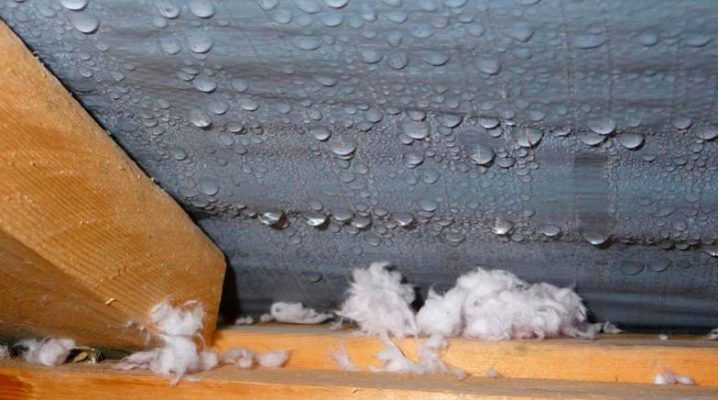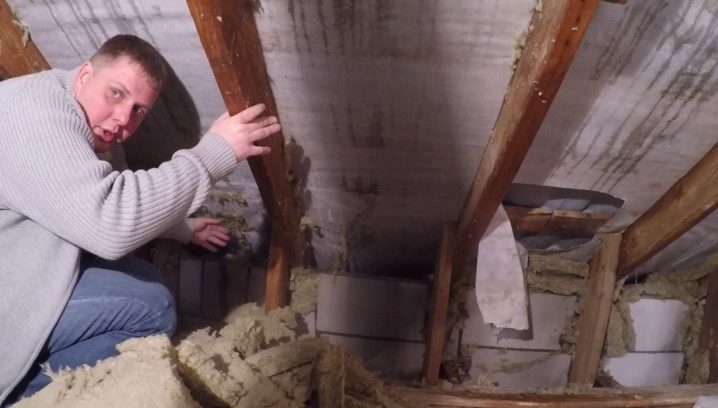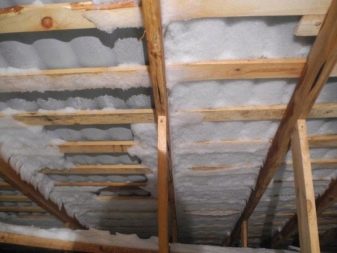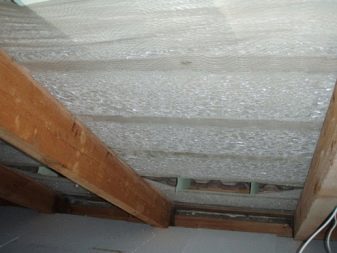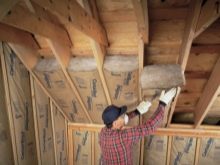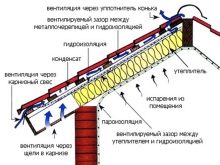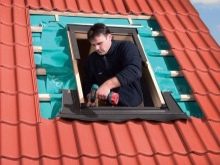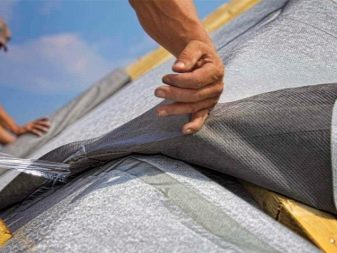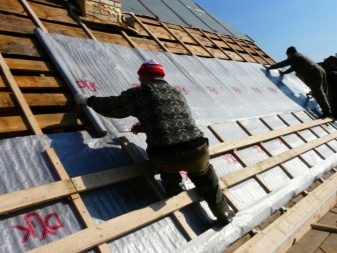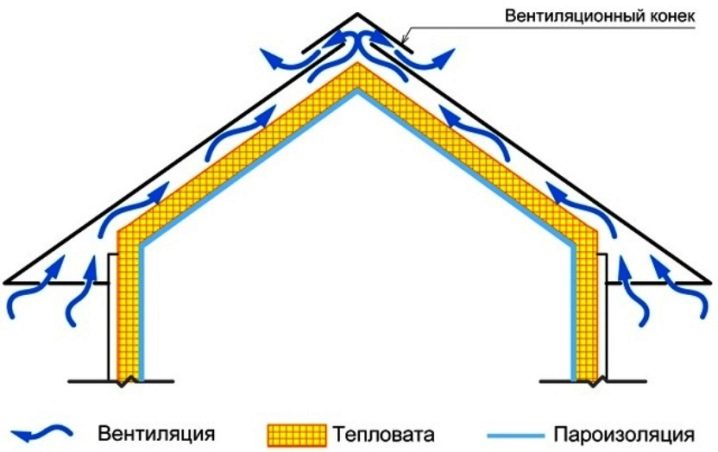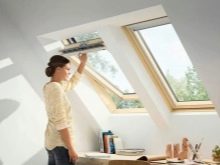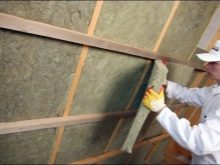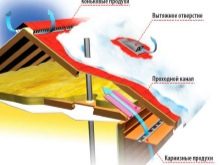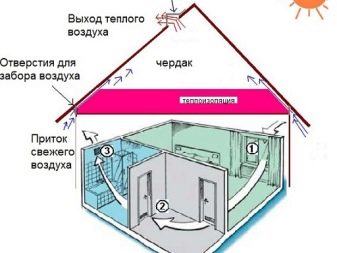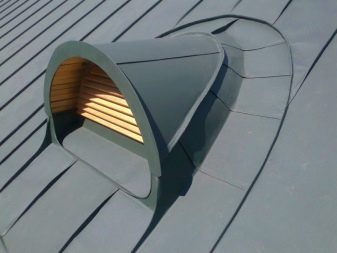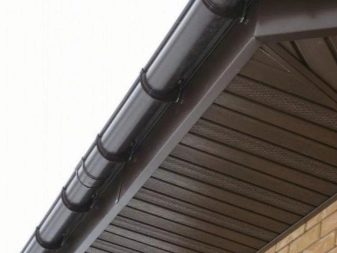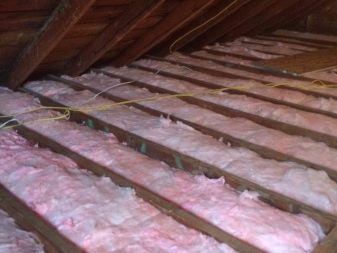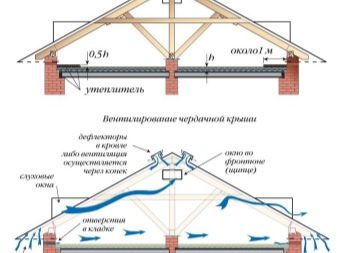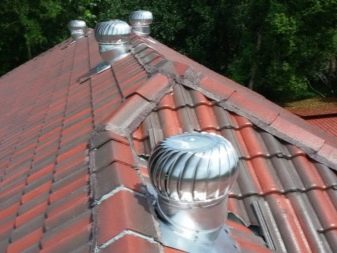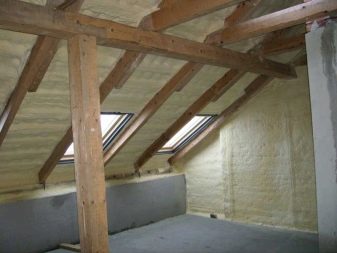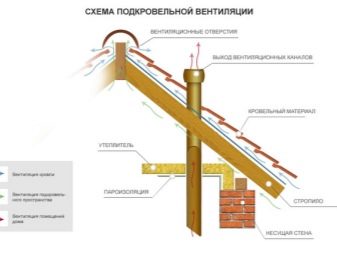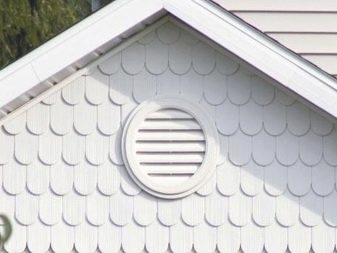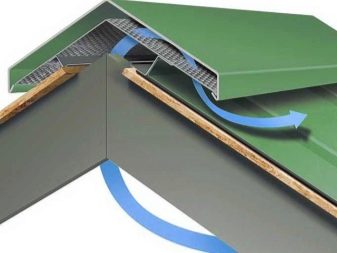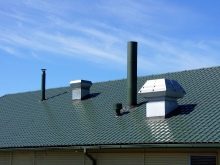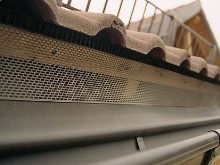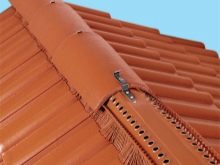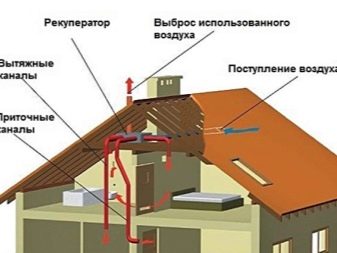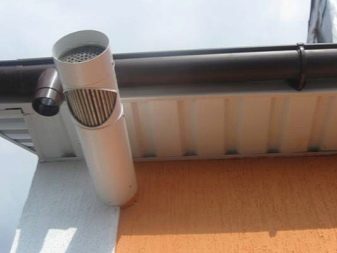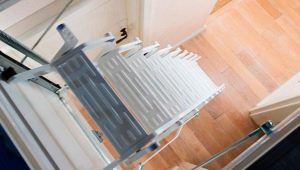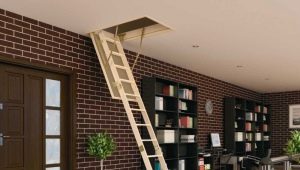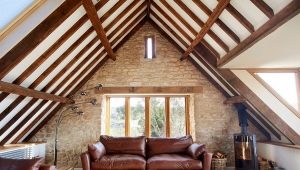Condensate in the attic: how to eliminate?
Roof and attic are designed to protect from wind, cold and damp. Sometimes they themselves become a source of inconvenience: not only do not interfere with the penetration of moisture, but also richly saturated with it. Without solving this problem, it is difficult to count on the comfort in the house and its durability.
Causes
The physical essence of the phenomenon is quite simple: condensate always appears when cold and heated air are found between each other. Only by reliably separating them and not allowing them to enter into “close contacts of the wet kind”, one can achieve perfect dryness. Experienced builders know how to achieve this, so saving on their services is not worth it.
The technical reasons why dew forms in the attic are the following:
- low quality thermal insulation of the roof;
- weak heat shield;
- lack of ventilation under the roof;
- errors when installing protection from steam or water;
- poor installation of windows, slopes and doors to the roof.
The common thing between them is that all of these are the consequences of technological mistakes, flaws, or improper savings on materials. Attempts to save funds in this way are a serious mistake, since it is much more difficult to eliminate the condensate that has appeared than to avoid it. A cheap film seems to perform the tasks of waterproofing, but the surface impermeable to steam will prevent condensation from volatilizing. He can only fill the insulation or seep onto the surface of the finishing material.
How to remove?
Not all builders perform their tasks efficiently, and home wizards often make mistakes. In addition, the decorating “cake” may deteriorate over time: it is damaged during careless repair and improper operation. Finally, a house with condensate in the attic can get from the previous owners, and this problem must be solved.
First of all, if condensate is collected in the attic, you need to study how the movement of air. Normally, it should be continuous and cover the entire volume of the room.
Inspect the attic should be a professional with a thermal imager, his consultation will detect all deviations from the norm. When the picture is clear, you need to check with the scheme of the formation of the roof. Most likely, you will need:
- change the location of the attic window;
- to strengthen the layer of insulation;
- make additional ventilation openings.
If it is known that the attic space is getting wet due to the use of low-quality materials, the problematic design will have to be changed. The best replacement would be a membrane layer that does not allow condensation to form: water quietly goes outside, but does not penetrate inside, and the pile-covered layer prevents drops from forming on the surface. It happens that even after replacing the waterproofing the attic in a private house is sweating. Then nothing remains but to adjust the crate and vapor barrier layer. After all, they, too, can interfere with the normal course of air masses, provoke the accumulation of dampness.
You should not take drastic steps yourself - it would be much more correct to invite an experienced installer. It will not be possible to get rid of condensation of water vapor until the standard 4 cm ventilation interval is provided.
When properly prepared perforated soffits on the eaves, when the insulating layer is laid on the rafters themselves and under the metal sheathing of the tile, then the insulation will not dampen. There is a popular myth that during the winter months ventilation causes heat loss in the attic. In fact, the situation is different: pThe cause of excessive cooling is associated with poor insulation.
When it is performed poorly, the dew point is inside the roofing “pie” or on its surface. Therefore, the moisture is deposited continuously, and the overlap begins to rot.
Airing the attic space is also needed during the cold months, because otherwise icicles appear inside, then fungi and mold form. Be sure to make holes of a certain size for the passage of air. Unnecessarily small openings have almost zero efficiency. According to experts, at 500 square meters. m. total area need to form 1 m2 of holes for ventilation. This proportion simultaneously allows:
- guarantee fresh air;
- get rid of condensing moisture;
- prevent overcooling of cold attic or attic.
Fighting damp under an unheated wooden roof has its own characteristics. It is unacceptable to close the rafters, as well as the crates. If they are stitched, it is required to provide for gaps that support air circulation. Under sheets of slate or ondulin, laid without vapor barrier and wind insulation, there is no need for additional ventilation work: the air flow moves freely through the roofing waves.
Ventilation paths inside the gables will help to increase the ventilation efficiency of dual-sided roofs. When using stone fronts or the inability to abandon the tight fit of materials is required to prepare holes in the walls (at least 0.2% of the total floor area).
Elimination of dampness is possible with the help of more economical materials, that is, using a standard grille: one copy of it rotates with the holes downwards, the other one needs to be adjusted periodically. The mosquito net becomes a reliable barrier against the penetration of various harmful insects.
To avoid the appearance of wet areas under the hip roof is also possible, but for this purpose a different technological method is used.The entrance for fresh air is located at the bottom of the binder, and it should go out near the ridge. The overhangs, made of wood, are formed from a loosely placed timber that divides the gaps into centimeter fractions. Plastic sewing are equipped with openings for air access.
The holes in the roof ridge should be brought closer together. Often under the eaves put continuous spotlights, which equip a thin mesh screen. Cells of such networks must be plastic or aluminum, otherwise there is a risk of corrosion. It is desirable to equip the gaps between the rafters with vents, and the holes are arranged in such a way that there is no air pollution and its movement is not complicated.
The second in a row (but not least!) Element of the prevention of condensate is the installation of an exhaust fan on the outside of the roof. It is recommended to remove it from the intake system for at least 8 m.
Tips
Installing a heat exchanger helps to prevent moisture condensation in attics: it can both cool and warm the air. Care not only about the roof, it is just as important to ensure the airtightness of the inlet hatch.
If it is not made tight enough, mixing the atmosphere with different temperatures will still make the beams, the floor and other elements wet. The problem is solved either by arranging a hermetically sealed cabin with a door, or by preparing a box with a horizontal opening lid and a layer of thermal protection.
No efforts will help if the attic is cluttered with construction debris and waste, filled with furniture and foreign objects. After all, even the free air entering should be easy to circulate!
How to eliminate condensate in the attic, see the following video.
